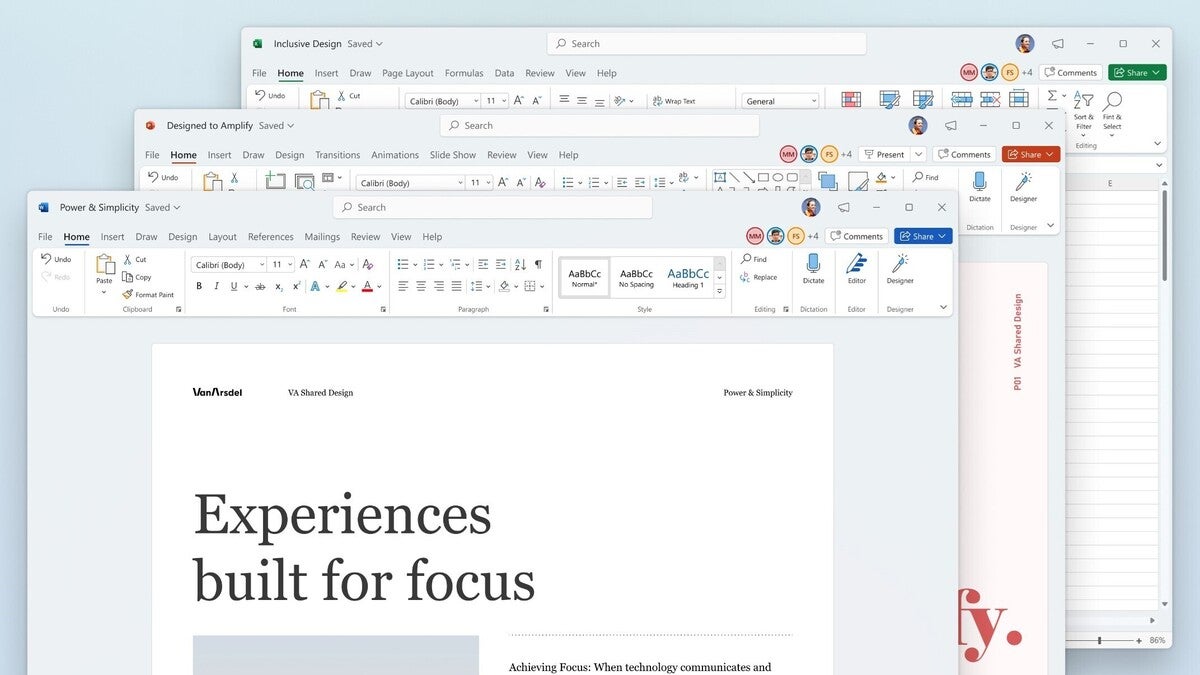
I have no business relationship with any company whose stock is mentioned in this article.Ĭhris Ciovacco is the founder and CEO of Ciovacco Capital Management (CCM), an independent money management firm serving individual investors nationwide. I wrote this article myself, and it expresses my own opinions.
#DOWNGRADE OFFICE HOME AND BUSINESS 2016 TO 2013 CRACK#
On a brighter note, the chess moves being made behind the scenes (see ETF leaders) leave a significant bullish crack in the door once the focus shifts away from what can be a messy political process.ĭisclosure: I am long SPY, QQQ, IWM, EEM, EFA, VTI. The outlook for the markets calls for the possibility of ongoing volatility until the two hurdles are cleared within the framework of the U.S. stocks ( VTI), technology ( QQQ), small caps ( IWM), emerging markets ( EEM), and foreign stocks ( EFA).ĭebt Ceiling Still On Risk Management Radar

Based on observations of the market's pricing mechanism, our core holdings have not changed.

Our market model has recently called for some padding of our money market funds, but it has not (A) recommended hedging ( SH), or (B) adding exposure to conservative assets, such as Treasury bonds ( TLT). Investment Implications - The Song Remains The Same August's gain was led by domestic light trucks but also included a solid gain for import cars. Sales of total light motor vehicles rose a very solid 1.8 percent in August to a 16.1 million annual rate for the best showing of the recovery going back to November 2007. Market participants did get some support for that thesis Tuesday. The ratio currently points to favorable economic outcomes. The supply and demand balance between stocks and the VIX tells us to be open to higher highs in stocks looking out several months. The bottom of the chart also highlights the current bullish trend in stocks (green dotted line). risk-off ratio as of Tuesday afternoon, we see a set-up that currently looks more like the bullish 2012 case. If the 2013 debt ceiling negotiations push the financial markets too far, a similar plunge in the ratio below could still occur in the coming weeks. debt was the straw the broke the camel's back in 2011. The ratio of stocks/fear consolidated for a few months before breaking out convincingly in favor of fear and the stock market bears.

The waterfall August 2011 decline in stocks can serve as a "what to look for under bearish conditions" guidepost. While the press continued to report with a bearish slant on the fiscal cliff story as New Year’s Eve approached, the fear in the financial market peaked almost two weeks before the calendar turned on 2012, which gave hope to the stock market bulls. The chart below tracks the demand for stocks relative to the demand for the VIX, which is often referred to as The Fear Index. Since stocks took off after the fiscal cliff scare in late 2012, we can use that period as a "what to look for under bullish conditions" example. Negotiations between the House and Senate effectively concluded when House Republicans decided late Monday night to name a committee of lawmakers to negotiate a final spending resolution, a move Democrats had been requesting for months but one that came too late to hammer out a meaningful deal. The fight now heads into an uncertain phase in which both parties will blame the other for furloughing hundreds of thousands of federal employees and shuttering nonessential government services. Monday's late night posturing did result in some agreement between the two houses of Congress. Were gains in stocks all that surprising on the first day of a government shutdown? Somewhat, but we noted Monday the markets were not tipping a bearish hand.


 0 kommentar(er)
0 kommentar(er)
